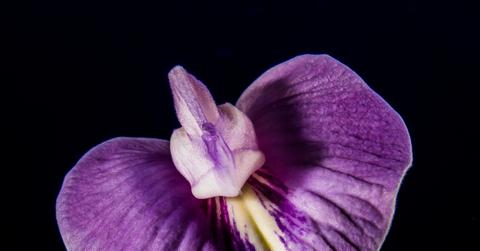
Photo courtesy of PxHere
Female Orgasm Studied with Prozac and Rabbits
By Ash COct. 2 2019, Published 2:13 p.m. ET
The female orgasm is one of humankind’s greatest mysteries. Biology doesn’t understand it and men certainly don’t either. But a new study may be giving us one possible explanation – with some help from the popular antidepressant Prozac, and the one animal that everyone knows f*cks a lot: rabbits.
A team of researchers pointed out that the male orgasm serves an obvious reproductive function during intercourse – ejaculation can’t happen without it. But does the female orgasm, on the other hand, have a role in reproduction? Ovulation in humans occurs whether or not a woman has had an orgasm.
Coauthored by Gunter Wagner, a professor of ecology and evolutionary biology at Yale, and Mihaela Pavličev, an assistant professor of pediatrics at the University of Cincinnati, the new research looking at the physiological enigma of the female orgasm has shown that rabbits given antidepressants release fewer eggs during sex. The antidepressant used is fluoxetine, trade name Prozac, and it has been known to deplete a woman’s ability to orgasm. The 12 female rabbits were also prescribed sex with a male rabbit called Frank. Afterwards, the research team looked at the number of eggs released and compared them to the nine rabbits that were not given Prozac but still mated with Frank. They found that the medicated rabbits released 30% fewer eggs than the unmedicated ones.
The team previously proposed that the female orgasm might have its evolutionary roots in a reflex linked to the release of eggs during sex, which is a mechanism that still exists today in numerous species. “We know there is a reflex [in rabbits], but the question [is] could this be the same one that has lost the function in humans?” asked Dr. Pavličev. The new theory is that female orgasm may be an evolution hangover.
Published in the Proceedings of the National Academy of Sciences, the results of the experiments bolstered the researchers’ theory that rabbits needed to feel something similar to an orgasm in order to have a hormonal surge that leads to ovulation. It is not yet made clear if it gives the animals sexual pleasure. But the theory fits a previous finding that animals that rely on sex-induced hormones to ovulate, tended to have a clitoris in a position that was more likely to be stimulated during penetration.
Wagner and Pavličev theorized that somewhere along human’s evolution, the clitoris might have migrated away from the “real action” of reproductive activity, while retaining its ability to trigger hormones that induce pleasure.
Pavličev remarked that further experiments with other animals was necessary, adding that even if their theory was right, the most crucial question remains – Why is the female orgasm still there? Could it have acquired a different function, one that is correlated with female health? She said that understanding the role of orgasms in women, whether it had its roots in ovulation, remained important. “Maybe it can direct a little bit more friendly focus on female sexuality rather than just being in the service of childbearing.”
The good news is, the finding rebuts Sigmund Freud’s notion that women who fail to reach orgasm are somehow psychologically immature or burdened with second-rate sexual partners.

